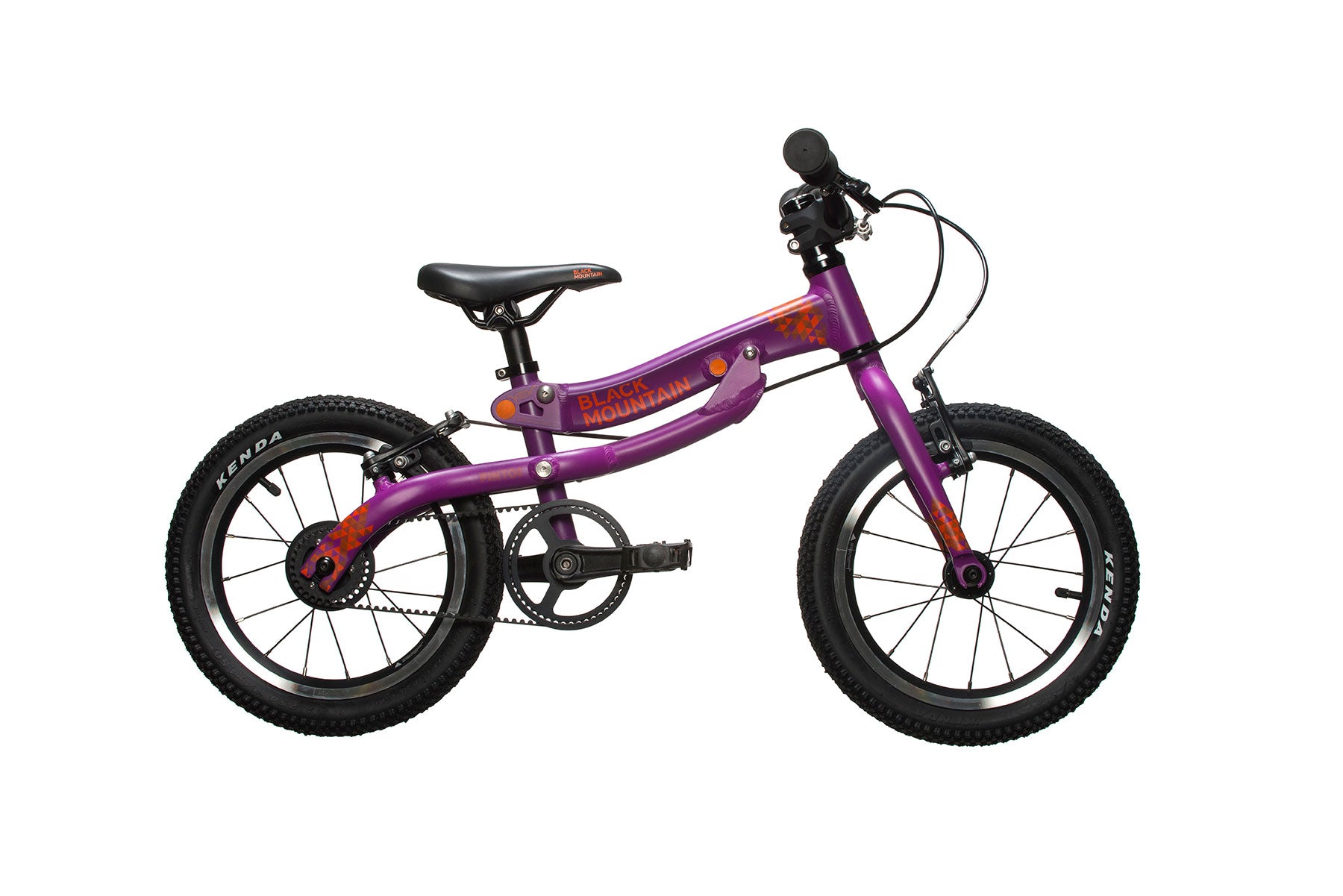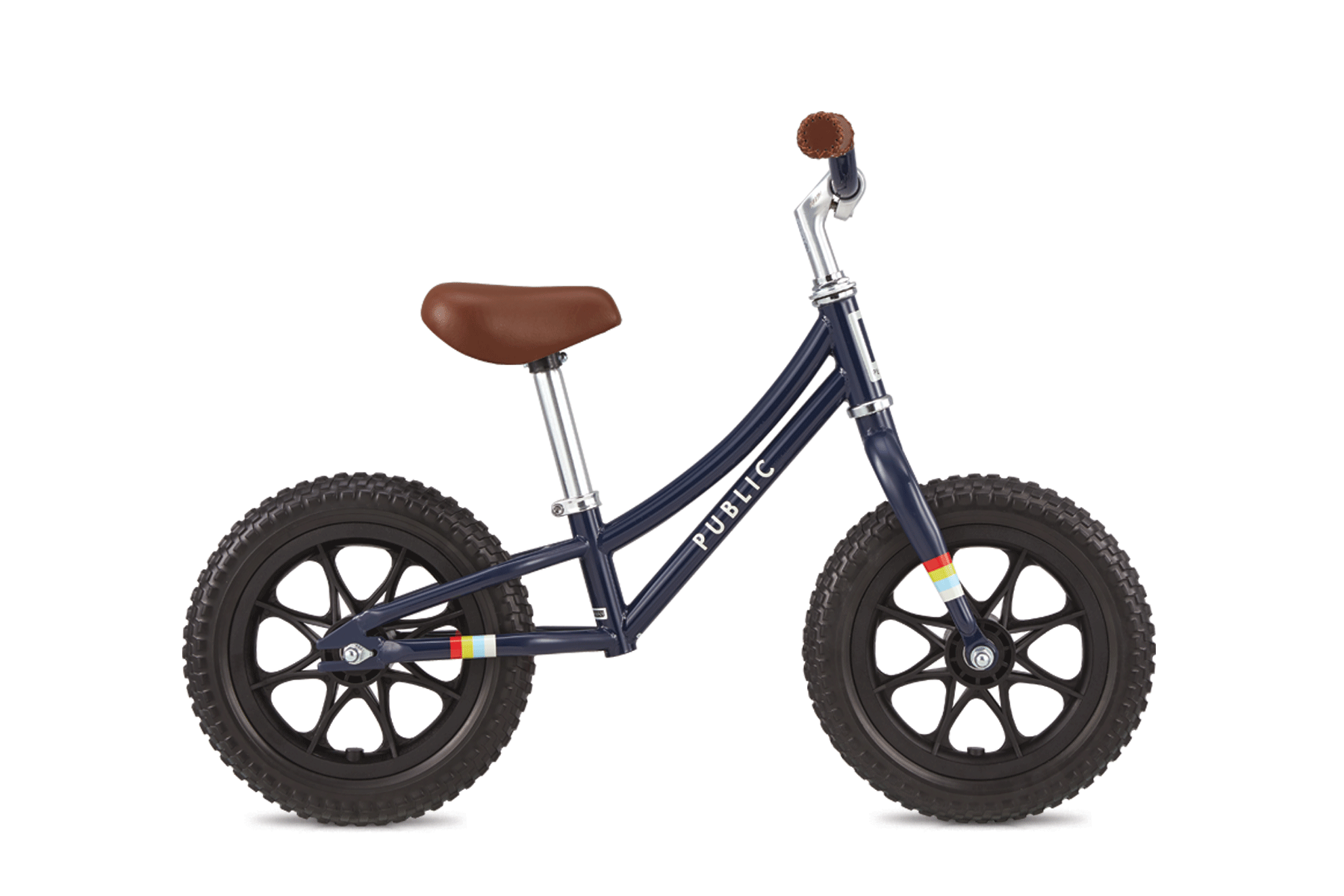Bike for Kids: How to Ensure Your Child’s Safety While Riding
Bike for Kids: How to Ensure Your Child’s Safety While Riding
Blog Article
Just How to Select the Perfect Bike for Children of All Ages
Choosing the perfect bike for youngsters needs a nuanced understanding of various aspects that satisfy their one-of-a-kind needs. This procedure begins with assessing critical elements such as age, elevation, and riding experience, which play a significant role in guaranteeing a safe and satisfying experience. In addition, the type of bike can significantly influence a youngster's enthusiasm for riding, making it important to align their passions with the suitable design. Yet, the conversation does not stop there; checking out safety and security features and maintenance ideas will additionally enhance the total biking experience for your kid.
Comprehending Bike Sizes
When choosing a bike for children, comprehending bike sizes is important to guarantee both security and convenience. The proper bike dimension straight affects a kid's capacity to control the bike and keep balance, which is important for their confidence and pleasure of riding.
Bike dimensions are typically classified by wheel diameter, with common sizes for youngsters varying from 12 inches to 24 inches. To determine the right dimension, begin by gauging the kid's inseam. This dimension assists to match the bike's seat height to the kid's leg size. A properly sized bike allows a youngster to position their feet level on the ground while seated, giving stability and easy dismounting.
Additionally, consider the kid's age and height when picking a bike. Younger children generally require smaller frames, while older kids may need larger bikes with even more sophisticated functions.
Vital Safety And Security Functions
Prioritizing essential security features is vital to making certain a safe riding experience for youngsters. When choosing a bike, parents ought to concentrate on several critical safety and security elements that can dramatically improve defense while riding.

Following, think about the presence of lights and reflectors. These functions boost exposure, making it much easier for others, including vehicle drivers, to see the child while riding, specifically in low-light problems.
A sturdy structure designed to hold up against effect is also important. Materials such as light weight aluminum or steel can boost sturdiness, making sure that the bike can withstand rough usage.

Sorts Of Bikes for Youngsters
Selecting the right kind of bike for kids is essential for both enjoyment and skill growth. bike for kids. There are several kinds of bikes developed to fulfill the differing demands of young bikers, each accommodating different ages and riding experiences
Equilibrium bikes are suitable for kids and young children, as they focus on establishing balance and coordination without pedals. They can shift to pedal bikes once they understand this skill. For children aged five to 10, typical bikes with training wheels can provide a sense of security while they learn to ride separately. These bikes are available in numerous sizes, generally ranging from 12 to 20 inches in wheel size.
For older youngsters, mtb provide convenience for off-road adventures, including strong structures and thicker tires for boosted traction. Roadway bikes, with their lightweight construction and slim tires, are ideal for youngsters interested in rate and longer experiences on smooth surfaces. Finally, BMX bikes are developed for feat riding and racing, featuring a durable frame and smaller sized wheels.
Understanding these kinds of bikes aids moms and dads select the ideal model based upon their kid's age, ability level, and riding choices, ensuring a secure and delightful cycling experience.
Choosing the Right Style
Choosing the appropriate design of bike for kids can significantly enhance their riding experience and cultivate a lifelong love for biking. When selecting a bike, it's important to take into consideration the youngster's age, ability degree, and meant use.
For younger children, equilibrium bikes are an excellent option, as they help create coordination and equilibrium without the complexity of pedaling. As they grow and acquire self-confidence, transitioning to a pedal bike with training wheels can provide a anonymous smoother introduction to cycling.
For older children or those that are a lot more adventurous, mtb offer toughness and convenience for off-road routes, while road bikes deal with those thinking about speed and longer ranges on smooth surface areas. Additionally, BMX bikes offer a fun option for techniques and stunts in skate parks.
Design additionally plays a substantial role; bikes can be found in numerous design and colors, appealing to a kid's personality and preferences. Ultimately, the appropriate bike needs to match the kid's riding ambitions, ensuring they really feel motivated and fired up to ride frequently. By carefully thinking about these variables, moms and dads can select a bike that not just fulfills useful requirements however likewise inspires an interest for cycling.
Tips for Upkeep and Treatment
Normal upkeep and treatment are essential for maintaining a kid's bike in ideal condition and ensuring a secure riding experience. To start, consistently check the bike for any type of indications of wear or damages - bike for kids. Check the tires for correct rising cost of living and walk wear, as under-inflated tires can influence performance and safety and security
Following, examine the brakes to guarantee they function efficiently. Squeaky or unresponsive brakes can lead to crashes. Lube the chain on a regular basis to prevent rust and ensure smooth pedaling; utilize a bike-specific lubricant for best results.
Additionally, maintain the bike tidy by wiping down the structure and parts to get rid of dirt and debris. This not only enhances the bike's look but likewise lengthens its life-span.
Readjust the seat height as your child grows to advertise proper pose and comfort while riding. Encourage your child to participate in the upkeep procedure, fostering a feeling of duty and care for their bike.

Final Thought
Guaranteeing the bike fits the youngster's height and inseam promotes security and comfort. By matching the bike design to the kid's interests and making certain next page correct upkeep, a enjoyable and risk-free biking experience can be attained, cultivating a lifelong love for cycling.
In addition, the type of bike can substantially influence a youngster's excitement for riding, making it vital to align their rate of interests with the ideal version. Younger kids normally require smaller sized frames, while older kids may require bigger bikes with even more sophisticated attributes. For kids aged five to ten, typical bikes with training wheels can offer a sense of safety and security while they find out to ride independently. Inevitably, the right bike needs to match the youngster's riding passions, guaranteeing they feel fired up and inspired to ride on a regular basis.Regular maintenance and care are critical for maintaining a child's bike in optimum problem pop over to this site and guaranteeing a risk-free riding experience.
Report this page